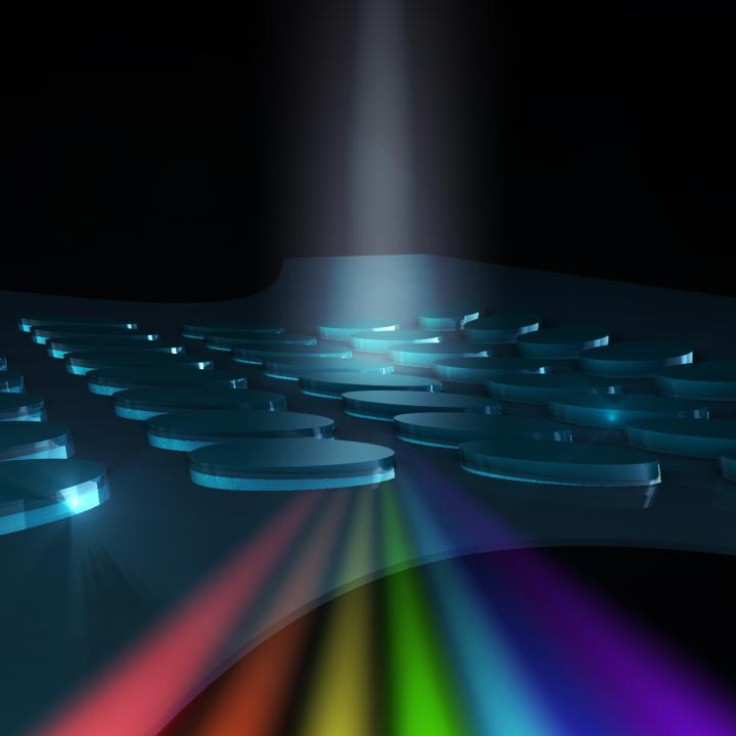Australian scientists developing smart contact lenses to filter out harmful UV light radiation

Australian researchers have developed a new type of nanoscale device that is able to manipulate light to filter out specific colours – a material that could one day be used to produce smart contact lenses that automatically filter out dangerous optical radiation.
Researchers from the RMIT University and the University of Adelaide have developed a new stretchable nanodevice that can manipulate light, while remaining transparent, using tiny artificial crystals known as dielectric resonators, which are just 100-200 nanometres in size.
At the moment, dielectric resonators only work with specific colours, but by building a stretchable nanodevice, the scientists were able to get the resonators to filter out more colours.
"With advanced techniques to control the properties of surfaces, we can dynamically control their filter properties, which allow us to potentially create devices for high data-rate optical communication or smart contact lenses," said Dr Withawat Withayachumnankul, a lecturer in electrical engineering at the University of Adelaide.

The idea is for smart contact lenses to one day be able to automatically filter out dangerous UV light while transmitting data and even gathering live information and showing it to a user, sort of like a super-miniature version of Google Glass, but in your eye.
As such, the devices need to be both bio-compatible with the human body, as well as able to manipulate light, and the researchers found that it was possible to do that by embedding precisely controlled crystals of titanium oxide, which is typically found in sunscreen, into a rubber-like material commonly used to make regular contact lenses today.
To make the nanodevices work, the high temperature processed titanium dioxide had to be combined with the rubber-like material to achieve nanoscale features.
"With this technology, we now have the ability to develop light weight wearable optical components which also allow for the creation of futuristic devices such as smart contact lenses or flexible ultrathin smartphone cameras," said lead author and RMIT researcher Dr Philipp Gutruf.
The research, entitled "Mechanically Tunable Dielectric Resonator Metasurfaces at Visible Frequencies" is published in the journal ACS Nano.
© Copyright IBTimes 2024. All rights reserved.






